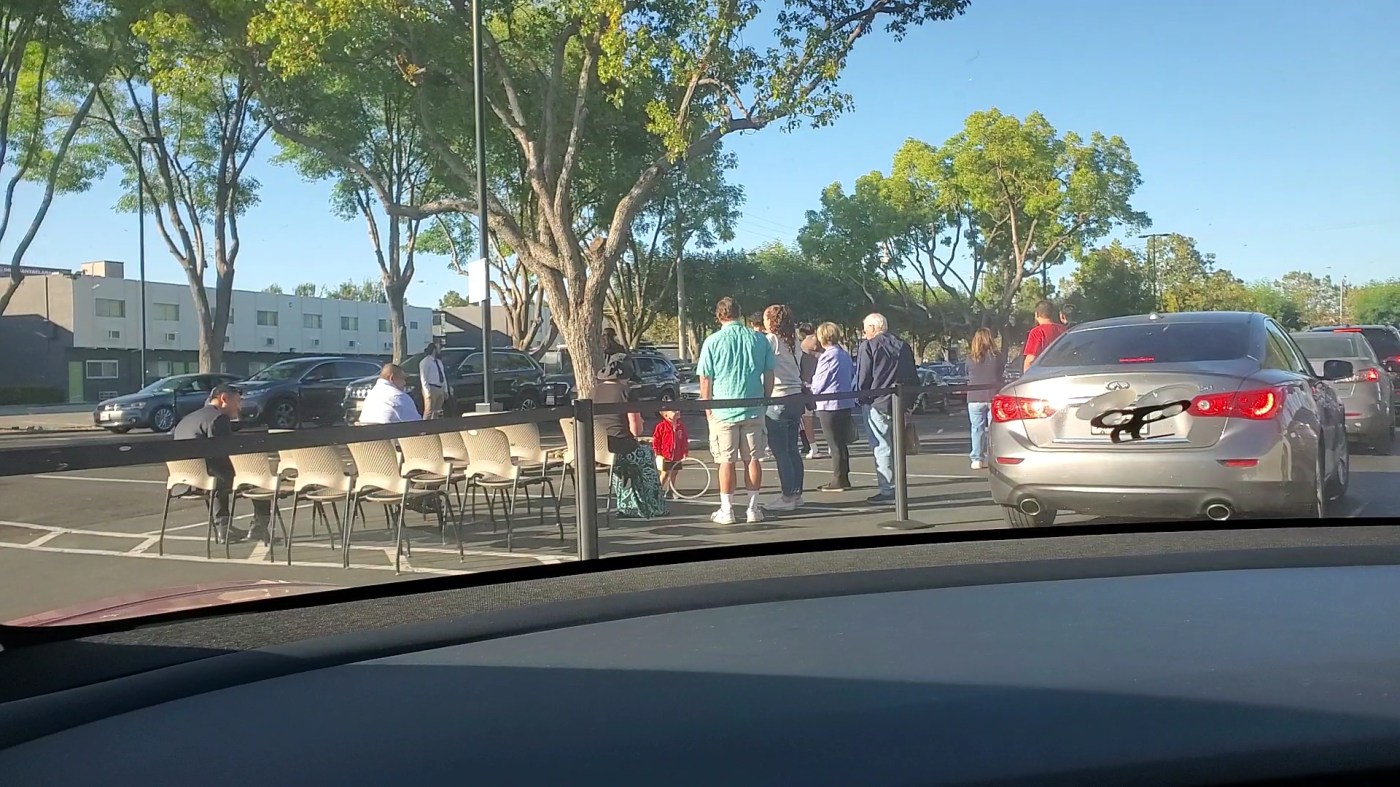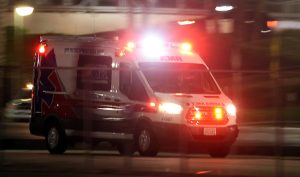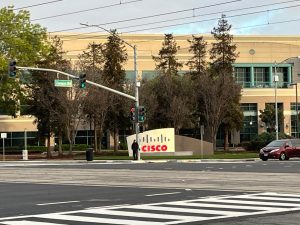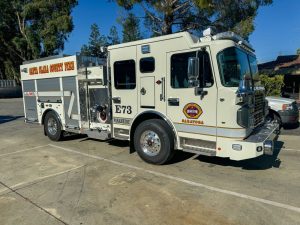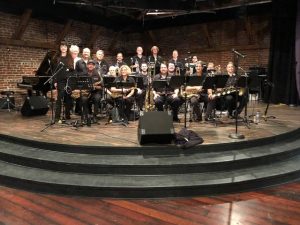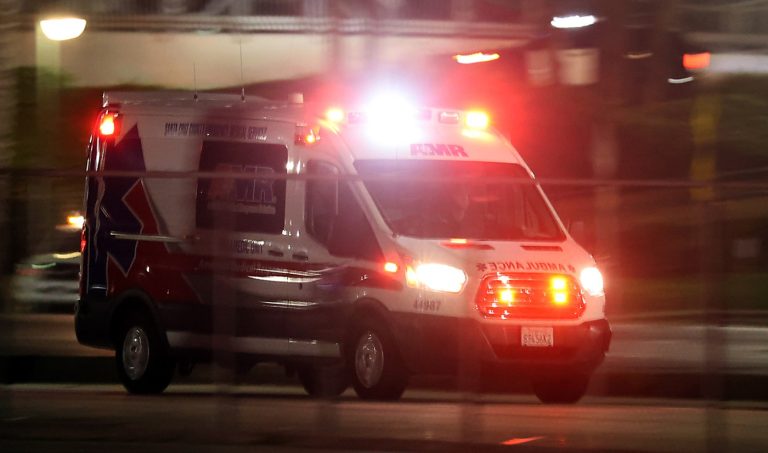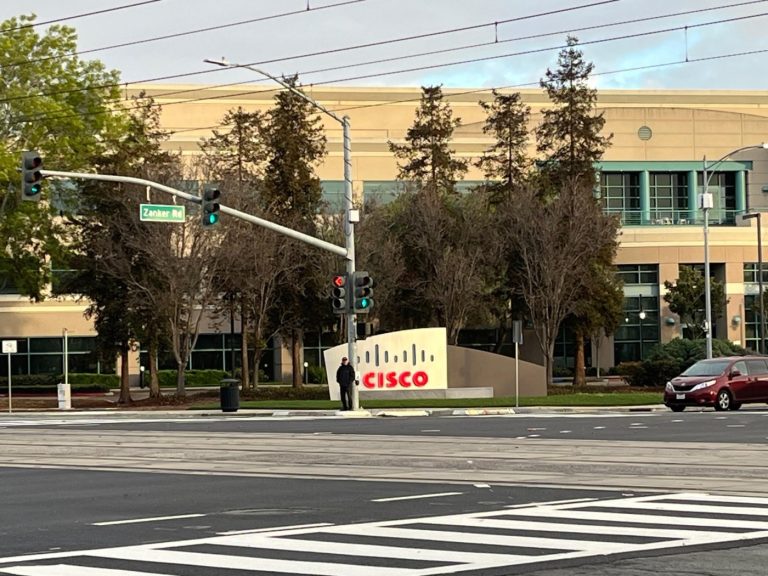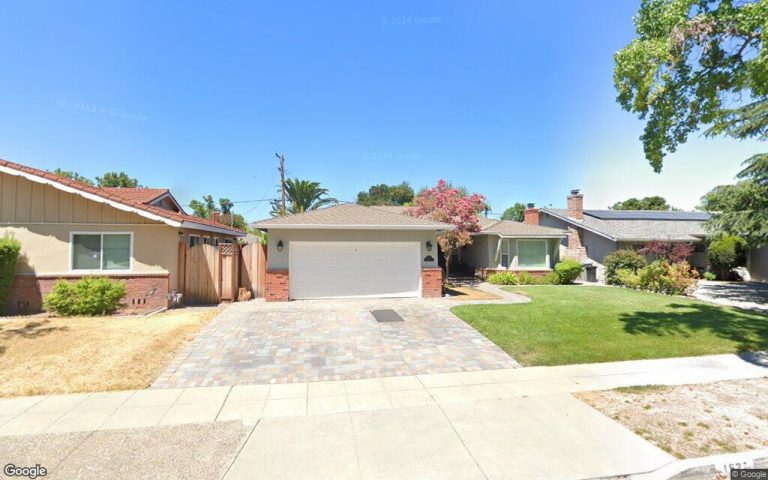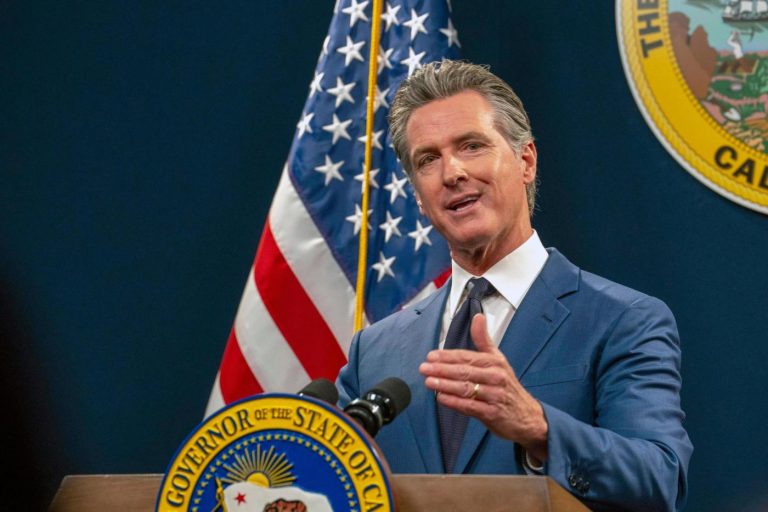Wearing his very best suit and preparing to take pictures, Akshay Gavai joined the line of cars heading into the parking lot of the U.S. Customs and Immigration Services field office in San Jose.
That Friday, June 28, Gavai was set to become an American citizen. His naturalization ceremony, a finish line marking the end of his 21-year immigration journey from India, awaited him inside.
Or so he thought.
Approached by a USCIS staff member, Gavai rolled down his window and asked if the line was for parking.
“No,” he recalled her responding. “We’re doing a drive-thru ceremony.”
Gavai rolled up his window. Shock and confusion ran through his mind. “What does that even mean?” he wondered.
Little did Gavai know, many of the estimated 2,500 new citizens naturalized by the San Jose field office each month did not get a bells-and-whistles ceremony — where new citizens watch curated videos and presentations, listen to a list of countries represented by their former nationalities and hear notable public figures deliver inspiring remarks.
Instead, they got a drive-thru ceremony in the parking lot — a practice that began during the COVID-19 pandemic to mitigate the virus’s spread.
While he waited alone in his car for 20 minutes, Gavai watched what was about to happen. Rows of cars pulled into the parking lot, where soon-to-be citizens stepped out in small groups for no more than two minutes and then got back into their cars and drove off.
As his turn approached, Gavai thought back to the videos he watched of ceremonies where judges delivered grandiose speeches. He thought of his parents, who had wanted to travel from Australia to see their son’s naturalization ceremony, and his friends in Wisconsin and Colorado who had planned on attending in support.
What he saw in front of him instead was a USCIS officer wearing chinos and sneakers. It was Gavai’s turn. He got out of his car, listened to the USCIS officer deliver the oath of allegiance, responded with “yes” and heard “Congratulations, you are now officially citizens.”
He stepped back into the car, received his naturalization certificate and drove away. It was over within 90 seconds.
Gavai was one of the last people to go through a drive-thru naturalization ceremony, a USCIS spokesperson told the Bay Area News Group. In July, the San Jose field office returned to holding monthly naturalization ceremonies at the Campbell Heritage Theatre — the site of the ceremonies pre-pandemic.
But it wasn’t the coronavirus that prompted Gavai’s drive-thru ceremony.
The agency sought a venue to host the June 28 ceremony, looking for a setting that would “preserve the importance, dignity and solemnity of the occasion,” according to HigherGov, a government contracting site.
That effort apparently proved fruitless.
USCIS originally paused naturalization ceremonies in the first few weeks following the coronavirus outbreak. Starting in June 2020, the agency conducted expedited, drive-thru ceremonies more frequently in order to accommodate COVID-19 restrictions and address the backlog of to-be-naturalized citizens that grew from March to May.
As pandemic restrictions loosened, most USCIS offices returned to full-fledged ceremonies. San Jose’s field office did not, the USCIS spokesperson said, because of a lack of space within the office building.
USCIS did not respond to a question about why the theater was unavailable until July 2024.
USCIS’s policy manual spells out several steps that field offices should follow for naturalization ceremonies, “unless exempted.” Administering the oath of allegiance is one of 11 steps, but according to the USCIS spokesperson, it serves as the key component of the ceremony.
Each naturalization ceremony is different, the USCIS spokesperson added. USCIS hopes to make each ceremony meaningful and special, but must balance space, staffing and scheduling.
The experience left Gavai disappointed.
“You want to come out there walking, like, ‘Okay, I’m officially a citizen,’” he said. “I just didn’t get that feeling. I really felt like a herd of cows just getting pushed through some factory line.”
For Gavai, USCIS’s decision to continue drive-thru ceremonies even after pandemic restrictions makes it clear “this is the way they want to do it.” Even if space was an issue, he suggested, USCIS could have conducted a full ceremony in the parking lot, rather than continuing the expedited drive-thru process.
Although the field office said they’ve moved to full-fledged ceremonies, Gavai remains frustrated with how USCIS allowed these “convenient” drive-thru ceremonies to continue years after the end of pandemic restrictions. For him, there’s a sense of unfairness: “I wasn’t told that my ceremony would be drive-thru,” he said.
The frustration stems from Gavai’s long and uncertain journey to citizenship — a process many face while vying for a piece of the American dream.
When Gavai first came to America as a tourist in 1998, he “couldn’t help but be amazed by it.”
Related Articles
California helped this teen fight deportation. Now the program is on the chopping block
Kamala Harris spent her political career supporting immigrants. As vice president, it got more complicated
Undocumented immigrants in US pay nearly $100 billion in taxes
19 charged in maritime human smuggling operation in California
A look at false claims around Kamala Harris and her campaign for the White House
Gavai returned to America for college in 2003 and hoped to stay after graduation and work, but ran into visa roadblocks and had to return to India. It took enrolling in two more U.S. master’s programs for Gavai to secure an American visa, receive a green card and apply for citizenship.
Gavai interviewed for citizenship in May of this year. When he received the letter regarding his naturalization ceremony, “it was pretty exciting,” he said. “It was the last step of this process.”
For Gavai, “the fact that the last step is being done in such a casual manner, it’s just so sad to see that.”
